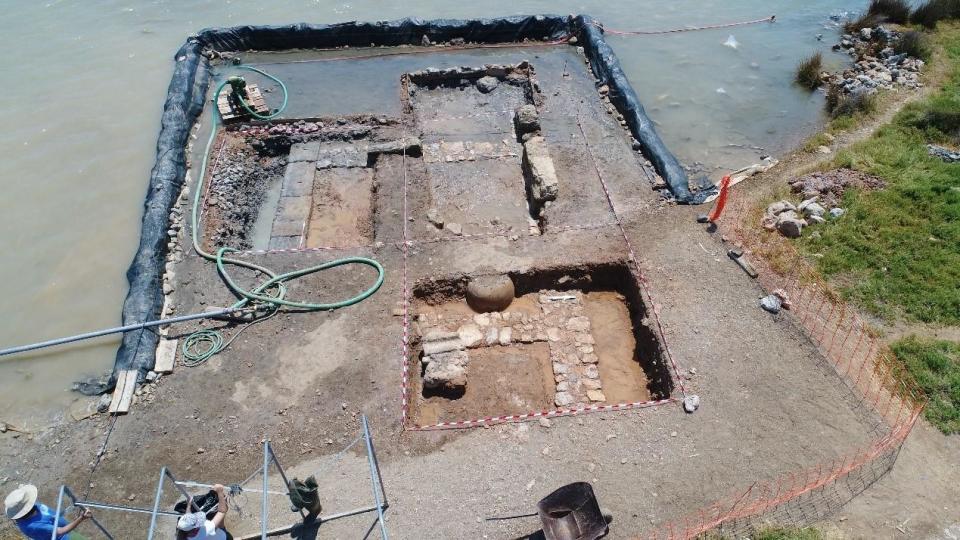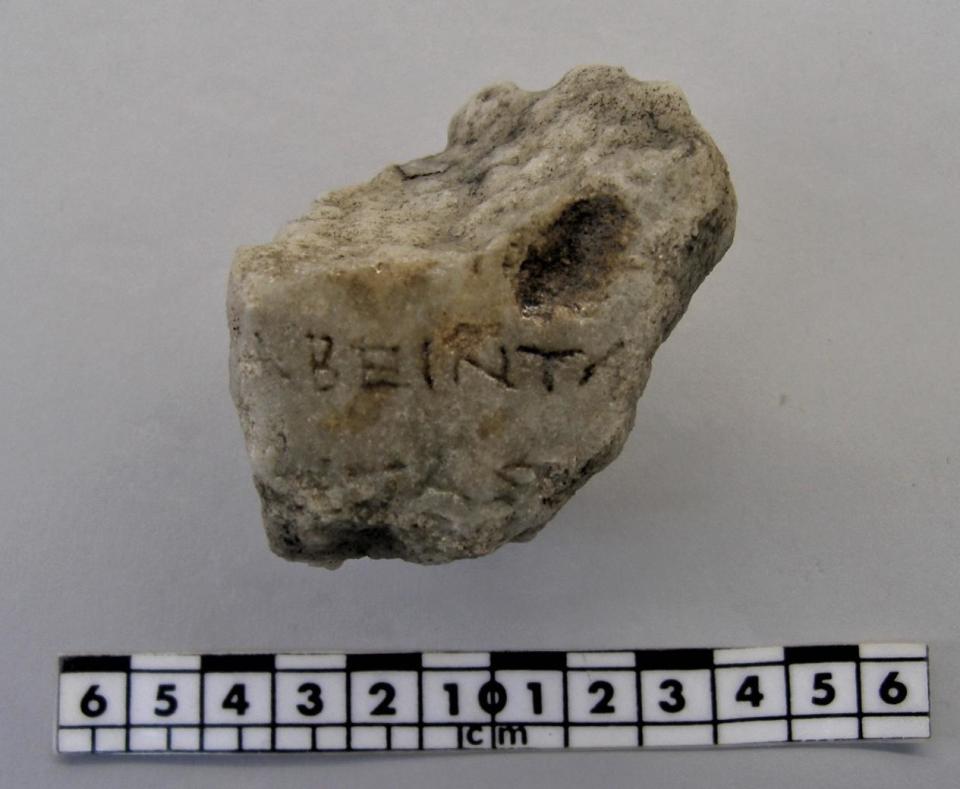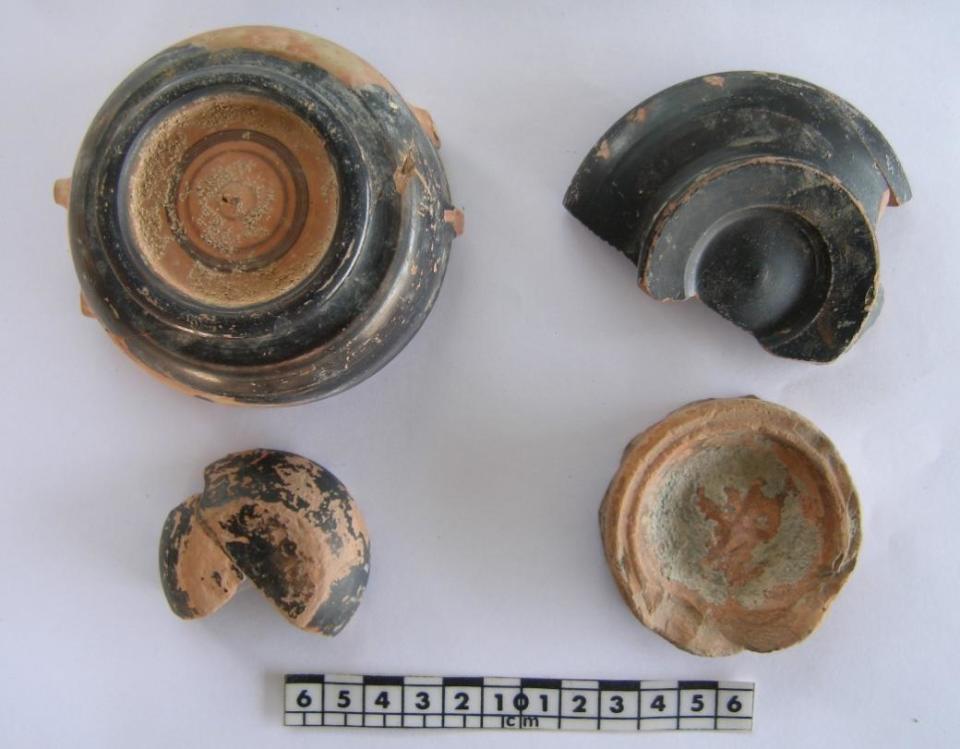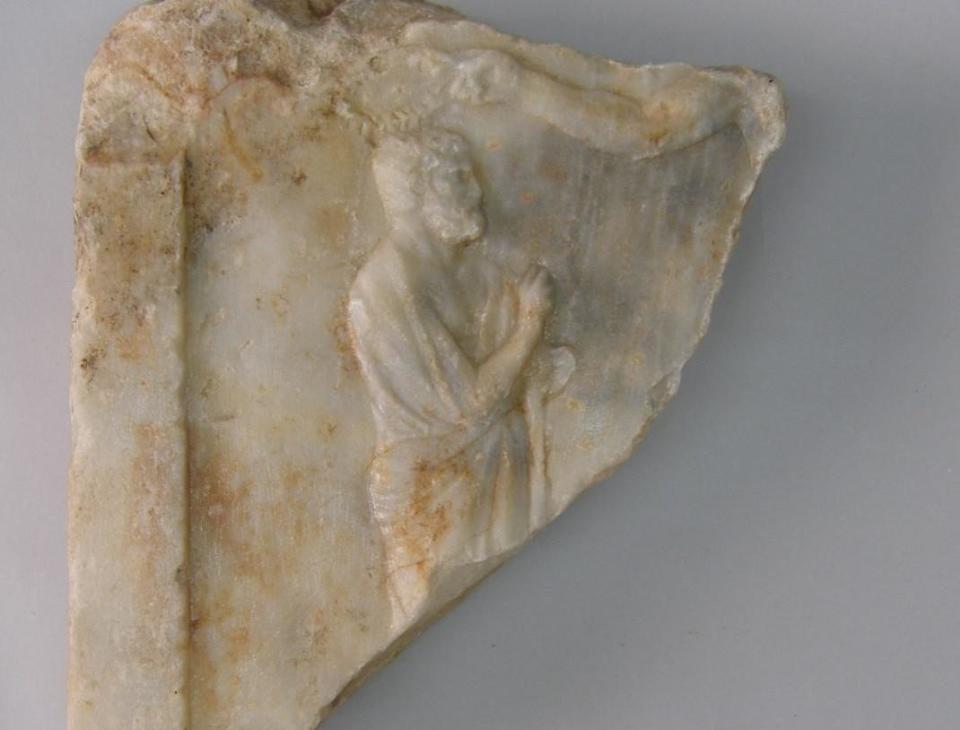Ancient building, treasures from sunken city found underwater in Greece
Archaeologists have made an important discovery while exploring Salamis, a small island off the coast of Greece near Athens where a now-sunken city once stood. Scientists found a partially submerged building as well as a variety of marble treasures dating back to the 4th century B.C., the Greek Ministry of Culture announced while unveiling the striking new findings from an extensive underwater excavation project.
A 12-person team of marine archaeologists discovered what is believed to be a massive public building that existed as part of the ancient city of Salamis, according to the culture ministry. Officials shared images on Facebook last week of the uncovered remains as well as a trove of artifacts unearthed along with it. (The ruins of another ancient city called Salamis, which are partially underwater and partially above ground in eastern Cyprus, are unrelated to these findings.)

On the island of Salamis, underwater crews discovered what remains of the ancient public building during an archaeology survey conducted in 2022. That research focused specifically on Ampelaki Bay, a cove along the eastern shore that borders a strait between Salamis and mainland Greece remembered for a historically significant battle that shares the same name as the island itself.
The Battle of Salamis happened during the earlier half of the Greco-Persian Wars, a string of conflicts between ancient Greek city states and the Achaemenid, or Persian, Empire that historians say lasted from 499 B.C. to 449 B.C. The battle marked a milestone victory for the Greeks around 480 B.C., after an initial loss at the start of the second Persian invasion. Salamis has been a place of interest to historians for other reasons too, as it is mentioned in Homer's "Iliad" as the home of the Trojan War hero Ajax. It is also cited in a later account by the Greek geographer Pausanias, written around the second century. By then, according to the geographer, Salamis had already started to deteriorate.

After first discovering a seawall that is believed to be part of an ancient fortification surrounding the classical city of Salamis, archaeologists last year found a public building called a stoa. The term in Greek architecture refers to a freestanding covered walkway, which was built in an elongated shape and largely open, with the roof supported by rows of columns around the perimeter. These structures usually existed around marketplaces and could have served as places of business or public promenades, historians say, noting that some of the structures had rooms build into them.
"The identification of the Stoa is a very important new element for the study of the topography and residential organization of the ancient city," the Greek culture ministry said in a translated statement. It is open to the west and probably marks the eastern boundary of the Agora area [in ancient Greek cities, the agora was an open space that often served as a community meeting ground] of the Classical-Hellenistic city rather than the port, extending on generally level ground to the west/northwest of the building."
The stoa found in Salamis is around 20 feet wide and 105 feet long, and has the remains of six or seven rooms within its borders, the culture ministry said. Just one or two layers of stone marking the structure still exist, and archaeologists have not yet been able to explore all of the internal rooms.

But one room, measuring slightly more than 15 square feet, had a large storage area inside of it housing a number of ancient artifacts, including almost two dozen bronze coins, marble fragments, vases, and fragments of ceramic pieces believed to date back to the Classical-Hellenistic period. Some artifacts appeared to come from a range of periods, but the culture ministry said some relics consistent with the Early Byzantine and Late Middle Ages probably floated to that area from elsewhere.
The marble artifacts include two significant items, officials said. One is a fragment of a column with part of an inscription in 2-3 verses. The other is an ornate fragment that depicts a large man, possibly a hero, placing a crown on a bearded man.

Vice President Kamala Harris: The 2023 60 Minutes Interview
Indoor air systems “absolutely key” in curbing spread of viruses | 60 Minutes

